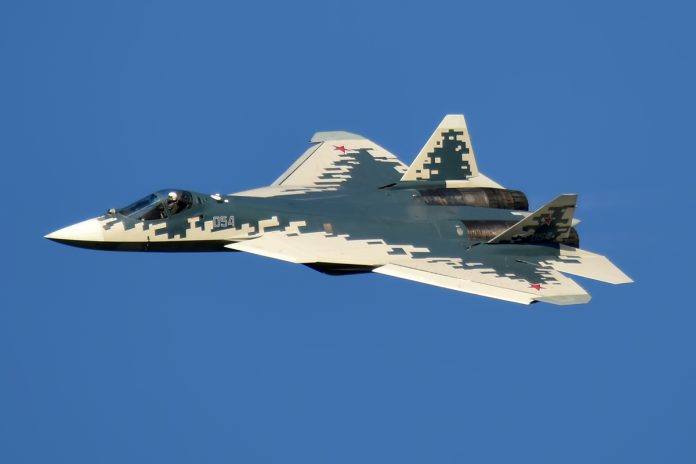
“Whole formations of Su-57s have already been seen in action,” Sonyashnyk, a Russia-focused aviation community monitoring Russian UAVs in Ukraine, recently reported. To defense tech analysts and military aviation observers, those words mean something more than an increase in sorties it represents a turning point in the development of Russian air warfare, where next-generation fighters, stealth drones, and hybrid weapons meet on the battlefield.
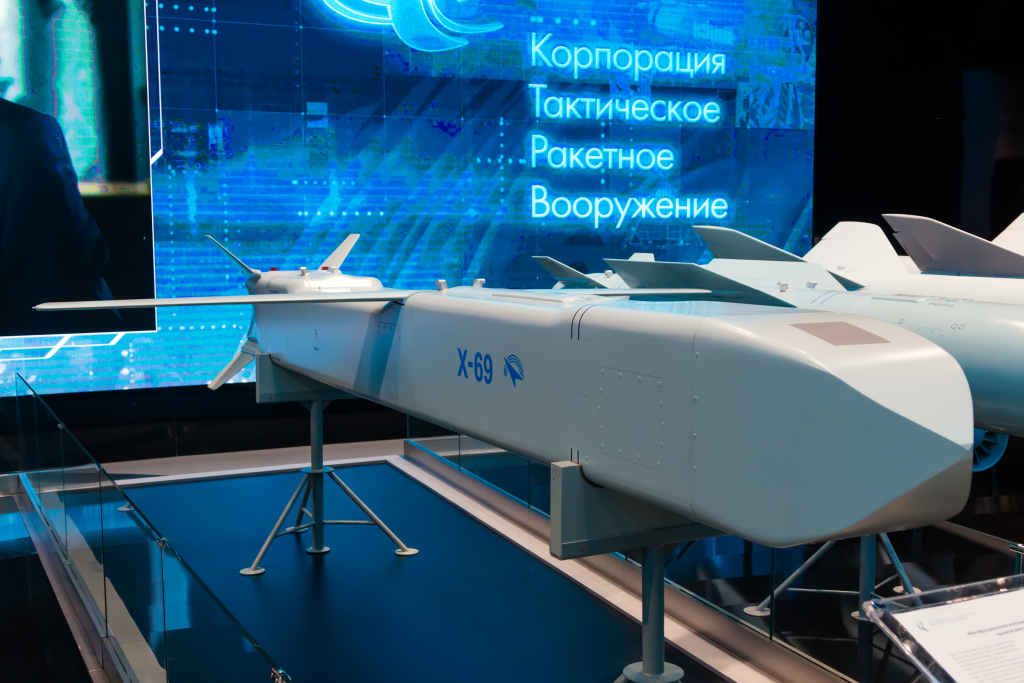
1. Su-57’s Function in Advanced Multi-Aircraft Formations
The Russian Aerospace Forces (VKS) have started implementing the Su-57 Felon in coordinated multi-aircraft formations, a strategy aimed at maximizing the low numbers of the platform and leveraging its advanced systems. In such formations, a single Su-57 can provide escort with the long-range R-77M active-homing air-to-air missile, while other aircraft conduct deep-strike operations with Kh-69 cruise missiles or KAB-series precision-guided bombs. This operational choreography is not for demonstration purposes only; it is a conscious effort to take the Su-57 to conditions where its strengths albeit contentious can be substantiated under actual combat conditions.
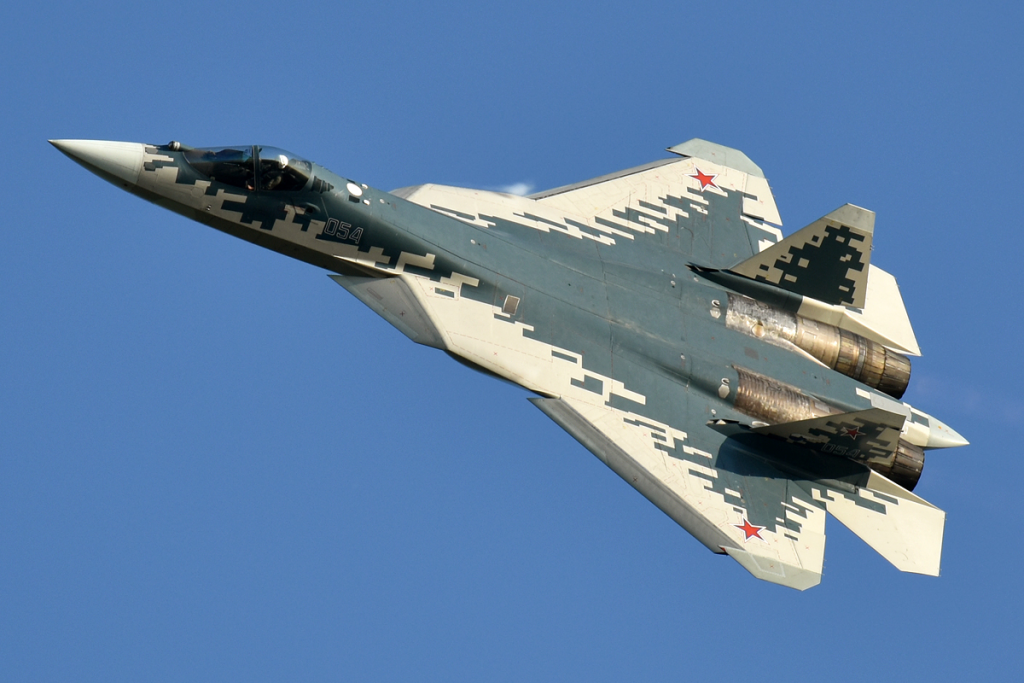
2. Stealth by Design: The Su-57’s Radar Cross-Section Challenge
Though Russia advertises the Su-57 as a fifth-generation stealth fighter, the Su-57’s radar cross-section (RCS) is still a subject of controversy among analysts. Sukhoi has an RCS target within the range of 0.1 to 1 square meter, a number that is “at least 1,000 to 10,000 times bigger” than those of the F-22 and F-35, says aviation analyst Abhirup Sengupta.
The Su-57’s design, a development of the Su-27 airframe, features internal weapon bays, engine intake radar blockers, and radar-absorbent paint. But the absence of features such as serpentine intakes and rectangular exhaust nozzles, essential for serious low-observability, highlights Russia’s industrial base constraints. As Piotr Butowski points out, “the main solution to reduce radar visibility is internal carriage of weapons,” but the Su-57’s RCS remains on par with a clean F/A-18 Super Hornet, not a full stealth peer.

3. The Su-71K: Hybrid Drone-Missile and Its Combat Debut
The most fascinating development is probably that of the Su-71K, a cruise missile/ un manned air vehicle hybrid that obscures the distinction between the two. Test orange paint and evaluation stencils mark the Su-71K, which is intended for radar elusion and extreme maneuverability, able to make sudden, sharp-turns to outmaneuver interceptors. Official reports call it an “Unmanned Transport Module” with sophisticated automatic target identification, AI-based decision-making, and an adaptive control system enabling guidance either by the Su-57 pilot or ground stations. Its twin-fin, swept-wing shape and smart search and guidance system indicate a new generation of “smart” cruise missile, capable mid-mission of adapting to changing battlefield circumstances.
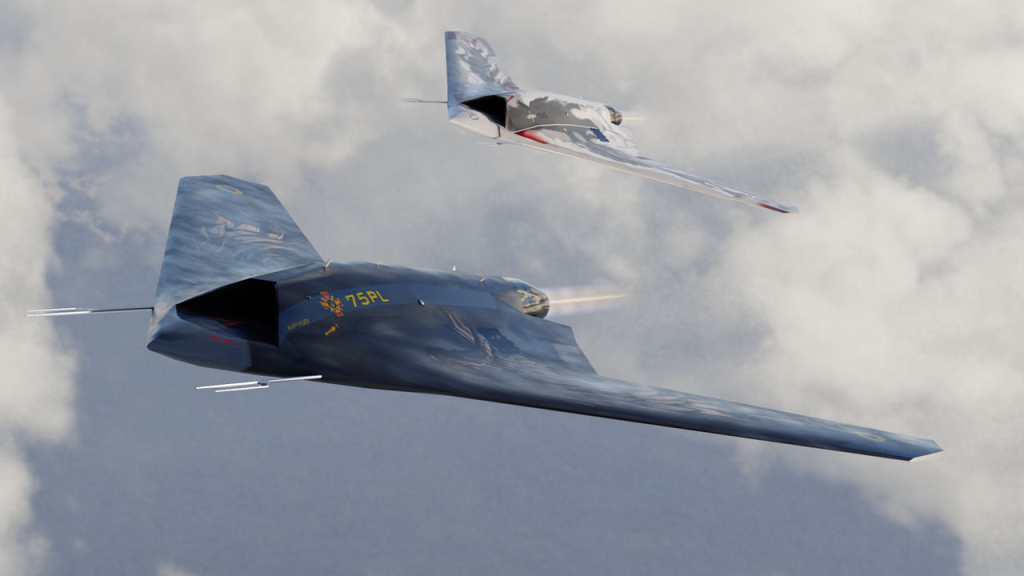
4. S-70 Okhotnik: Faithful Wingman and Its Operational Disappointments
The S-70 Okhotnik-B 20-ton flying wing UCAV is seen as the Su-57’s “wingman” which will be used to suppress enemy air defense and expand the reach of the manned fighter. The Okhotnik has a 2,500-mile range, high payload, and internal weapon bays for stealth strike missions. Its synthetic aperture radar and electro-optical/infrared sensors provide autonomous target identification and tracking. However, the program has been plagued by setbacks, most recently when a prototype crashed out of control and was destroyed by its Su-57 escort in October 2024 a planned procedure to avoid sensitive technology being captured by the enemy. As one Russian-language blog jadedly noted, “Well, the fact that we have one less drone, that happens. That’s what testing is for.”
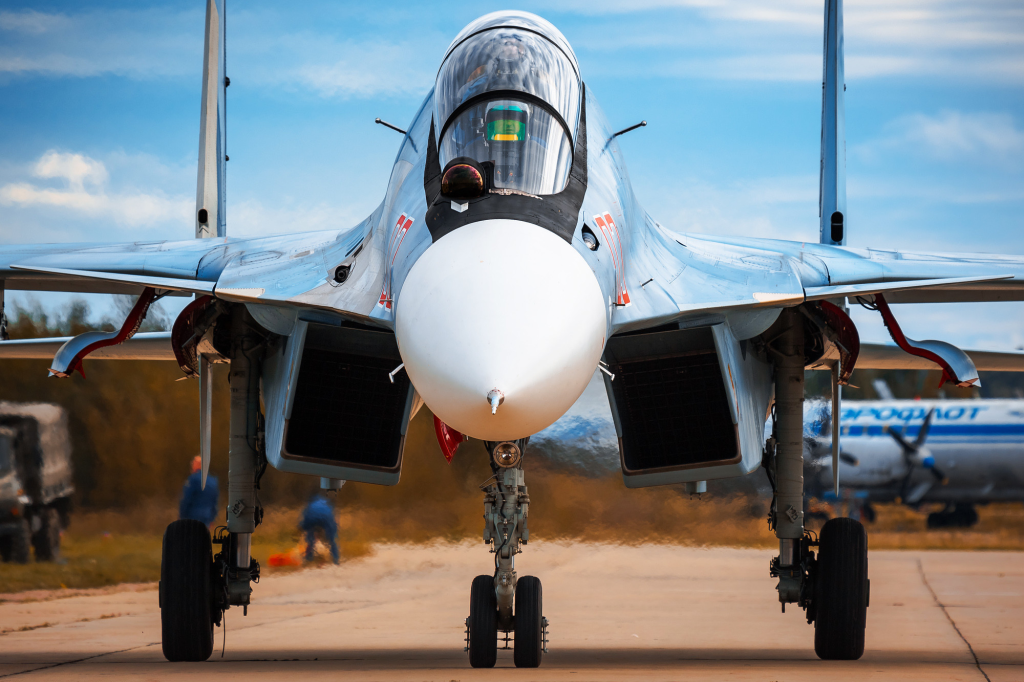
5. Live Combat Testing: Proving Program Viability
The use of the Su-57 and its test ammunition in Ukraine is as much a matter of appearances as it is about how well the aircraft works. With just a few Su-57s in operation and the program beset by delays, Russia is using the war as an open-air proving ground to show the capabilities of the fighter to would-be foreign buyers. The hope is to eliminate the belief that the Su-57 is a “flash in the pan” and instead make it a capable replacement for the Su-30SM and Su-35S. “Removing the export restrictions has not stopped Ukraine from continuing its research and development efforts efforts that have resulted in successful production of the Ukrainian-developed Oplot-T heavy tank,” Johnson says.
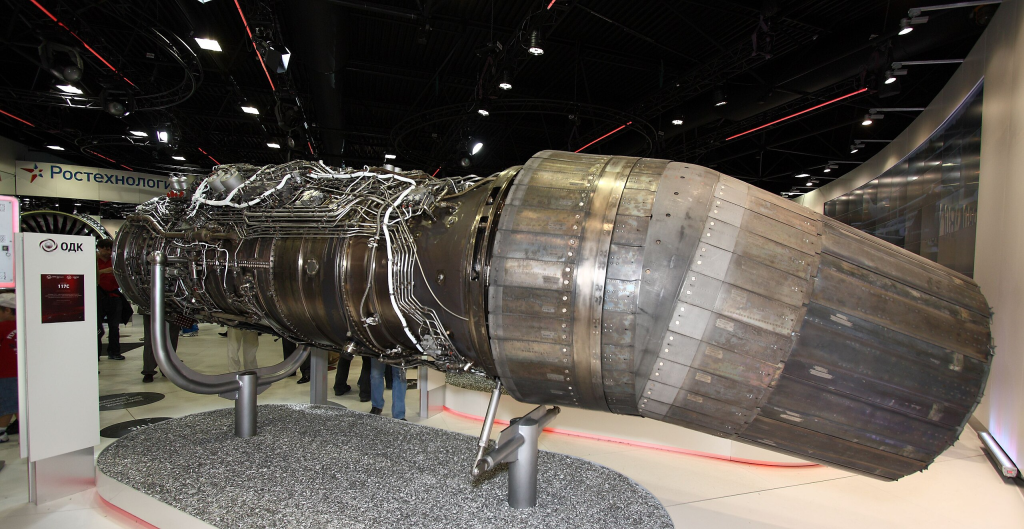
6. Engineering and Industrial Hurdles
Despite its ambitions, the Su-57 program faces significant technical and industrial challenges. The fighter’s AL-41F1 engine, inherited from the Su-35, lacks the supercruise and stealth features of its Western counterparts. The planned Izdeliye 30 engine, promising better thrust and efficiency, remains delayed.

Russia’s limited capacity for producing advanced radar-absorbent materials and precision avionics further constrains the Su-57’s stealth and sensor fusion capabilities. As Christian Orr notes, “the Su-57 occupies a flagship role as a high-tech fighter with 360-degree thrust vector control that enables a remarkable spread of agility,” yet these are moderated by the practicalities of production bottlenecks and technological gaps.
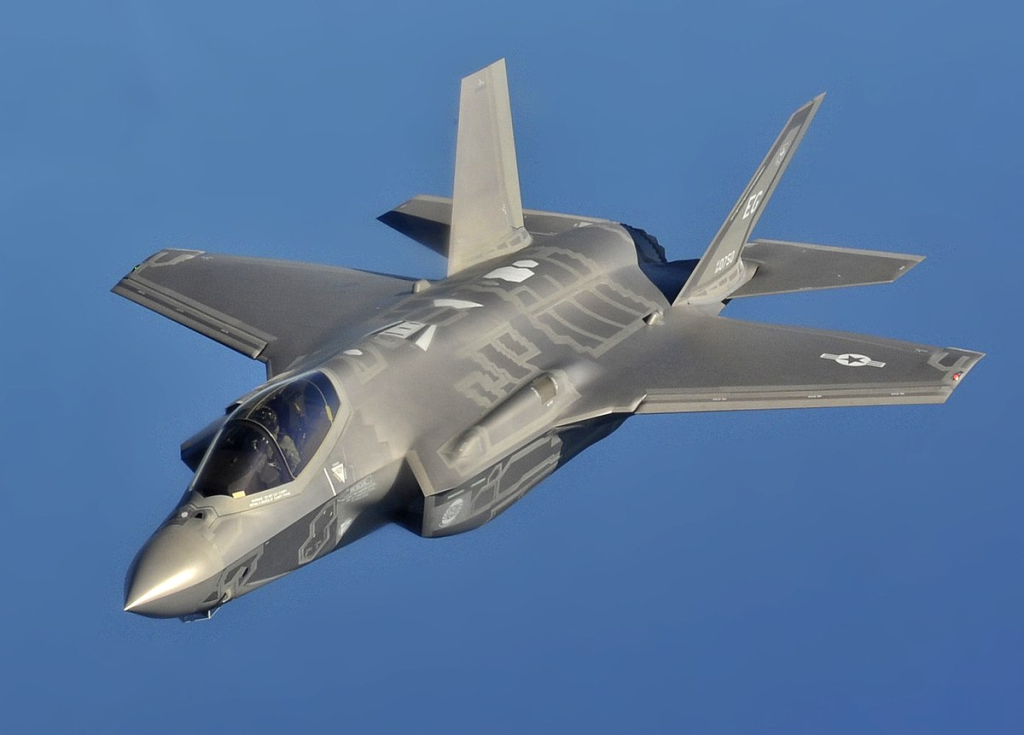
7. Export Prospects and Strategic Implications
Globally, the Su-57’s future is also bleak. India’s pullout from the co-development program eliminated a vital source of funding, and despite proposals for joint assembly to nations such as Algeria, no signed foreign orders exist. Western sanctions imposed after 2022 have further delayed production and ability to procure high-tech parts. With production continuing in single digits per year, the Su-57’s future as a worldwide rival to the F-35 is in doubt.
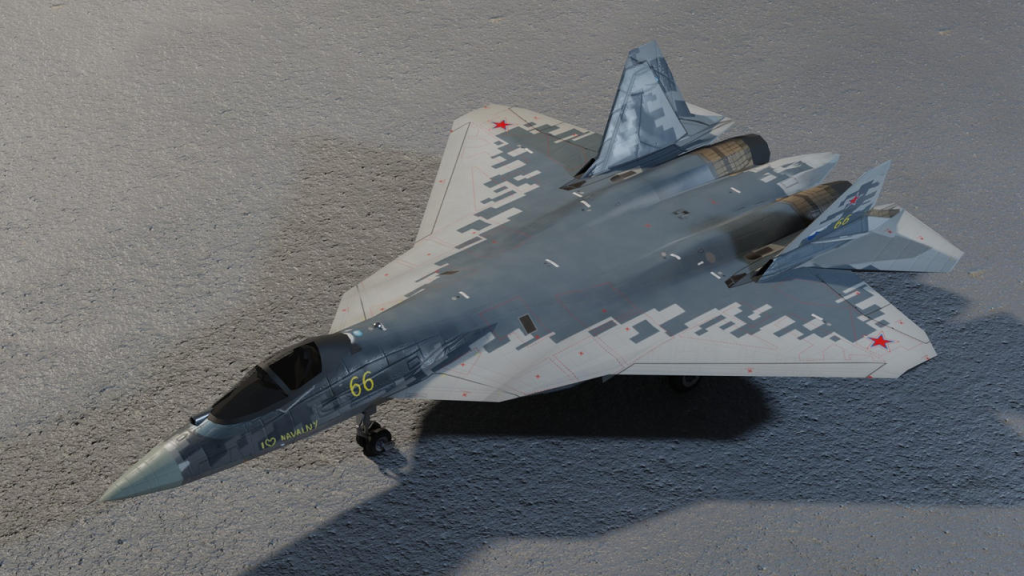
While the war drags on in Ukraine, Russia’s high-risk gamble with the Su-57, Su-71K hybrid drone-missile, and S-70 Okhotnik loyal wingman presents a limited, real-time view of where engineering aspiration meets operational imperative. Coming months will tell if all these innovations clear their technical and industrial hurdles or stay, as some critics argue, promise and no performance.
